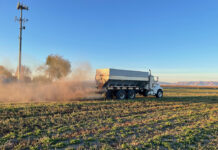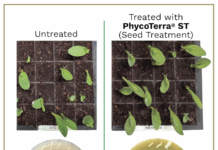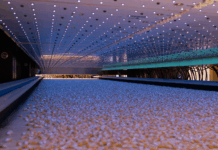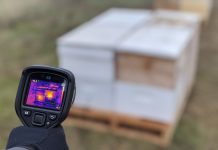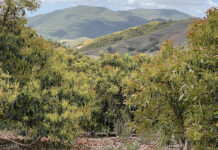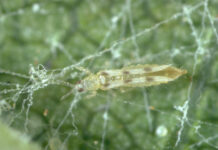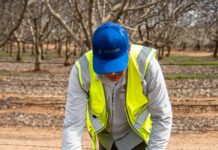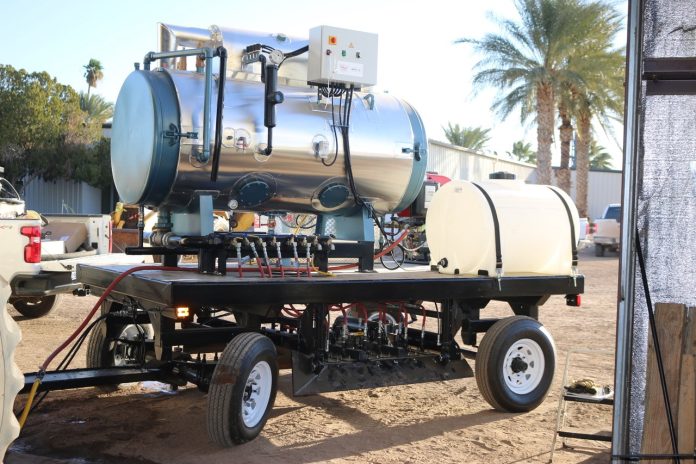
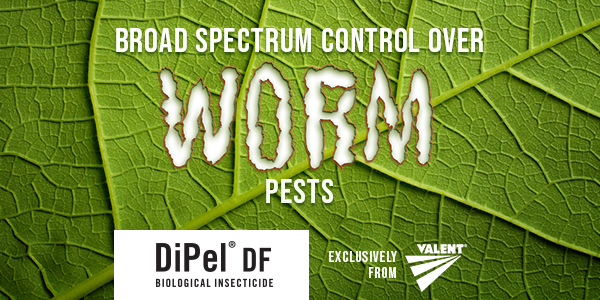
Advantages of using steam for soil disinfestation in strawberry production were presented at a February 2022 UCCE Strawberry Production meeting by Steve Fennimore, UC Cooperative Extension specialist in plant sciences.
Feasibility of using steam to kill soil pathogens and weed seeds in strawberry and other row crops has increased with new machinery development and field trials. As an alternative to fumigation, Fennimore said this sanitation treatment requires no buffer zones or plastic mulches used with chemical fumigation; however, current cost per acre for the propane and labor totals around $971.
An advantage of steam sanitation is that it lacks the negative environmental and worker health regulations associated with chemical fumigants.
Heat treatment for soil sterilization is not a new idea, but equipment availability and costs have been drawbacks to adoption. The machine in Fennimore’s presentation was built in South Korea.
The machine injects steam into the soil to raise the soil temperature to 158 degrees F for 20 minutes. The machine is moving while injecting steam, Fennimore said. The steam transfers heat from the heat source to target soil particles. When steam comes into contact with cold soil particles, the steam molecules condense, releasing heat to the soil particle. Steam kills the pathogen in and around the soil particle, and the steam also kills weed seeds and nutsedge tubers.
In a 2021 strawberry nursery trial, Fennimore said use of steam significantly reduced hand weeding costs for growers. Compared to untreated control ground, steam-treated soils yielded less than 272,000 weed plants while untreated control had 420,000 weed plants per acre. In strawberry nursery plant production, more daughter plants were produced under steam disinfestation.
In a production strawberry trial, steam treatment was as effective as PicChlor 60 in controlling soil pathogens and weeds. Fruit production from steam-treated soils equaled that of PicChlor 60 treated soils.
Band steam treatments in lettuce also proved effective for weed and pathogen control. In a Yuma, Ariz. trial, the steam machine operated at three quarters of a mile an hour and injected steam in a band where the lettuce crop was to be planted. The steam treatment reduced weed emergence and soil pathogens. It also increased lettuce size. A good fit for steam band technology, Fennimore said, may be organic production where there are few good disease and weed control options.
Fennimore reported increased interest in steam soil injection as a method of reducing weeds and soil pathogens. In addition to the South Korean machinery used in the trials, Fennimore said a Norwegian startup is also developing a soil steam injection machine and has expressed interest in bringing the machine to the U.S. for trials.



